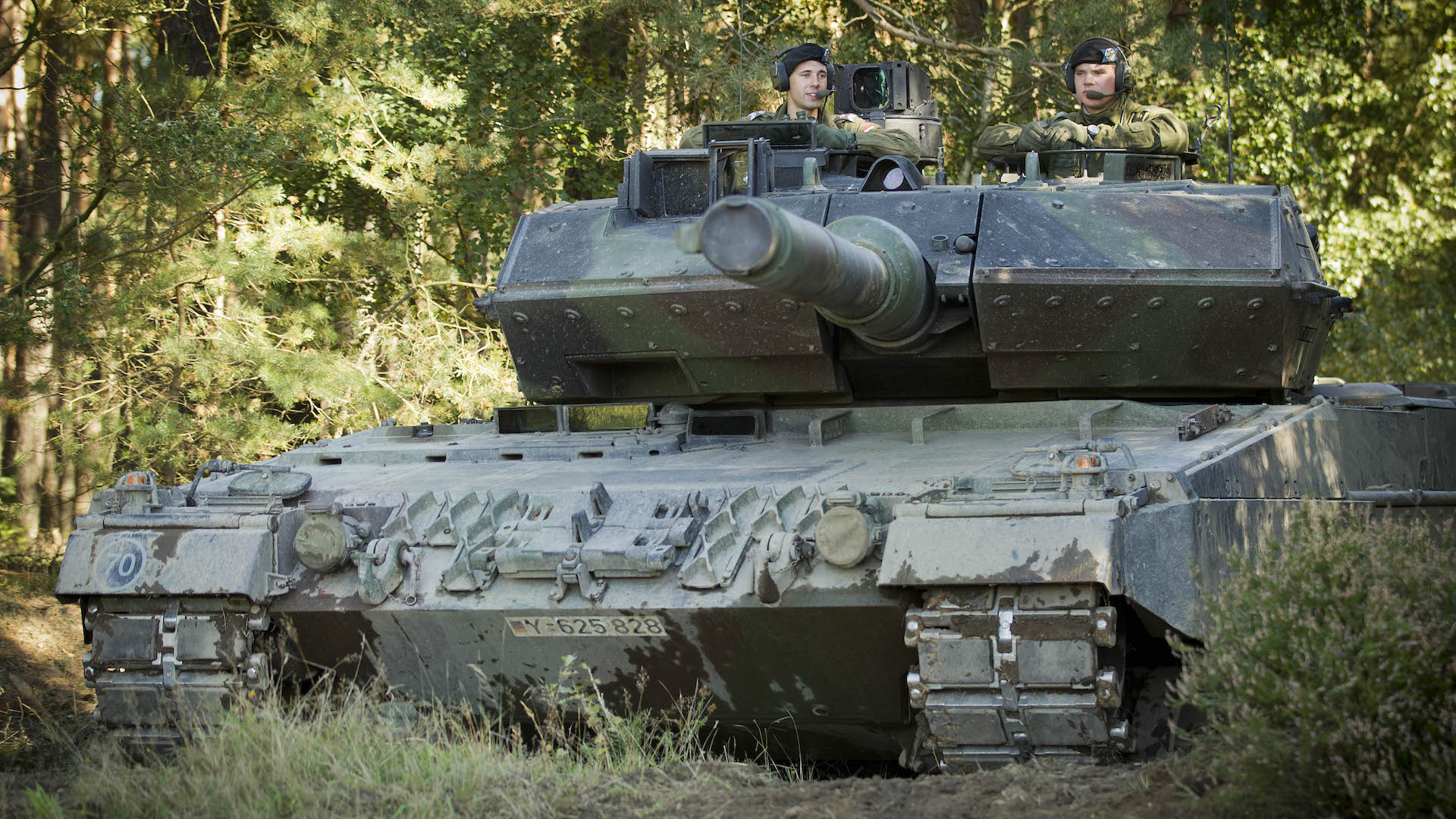The Dutch government today announced plans to reintroduce a tank battalion, having controversially withdrawn its last such armored fighting vehicles in 2011. The move is part of a raft of additional investment in the Dutch Armed Forces, mainly in response to Russia’s all-out invasion of Ukraine, and it also includes anti-submarine warfare frigates, plus six additional F-35 stealth fighters and an undisclosed number of NH90 helicopters.
The latest Dutch Defense White Paper, published today, says that the additional investment, for a total of around $26.6 billion, is needed “because, after a long period of peace in Europe, the Netherlands must actively contribute to deterring adversaries in order to prevent armed conflict.”
While the White Paper points to rising tensions in the Middle East and China’s increasing efforts to bend international rules in its favor, it is, above all, Russia’s war in Ukraine that has driven the budget increase and new equipment — including tanks.
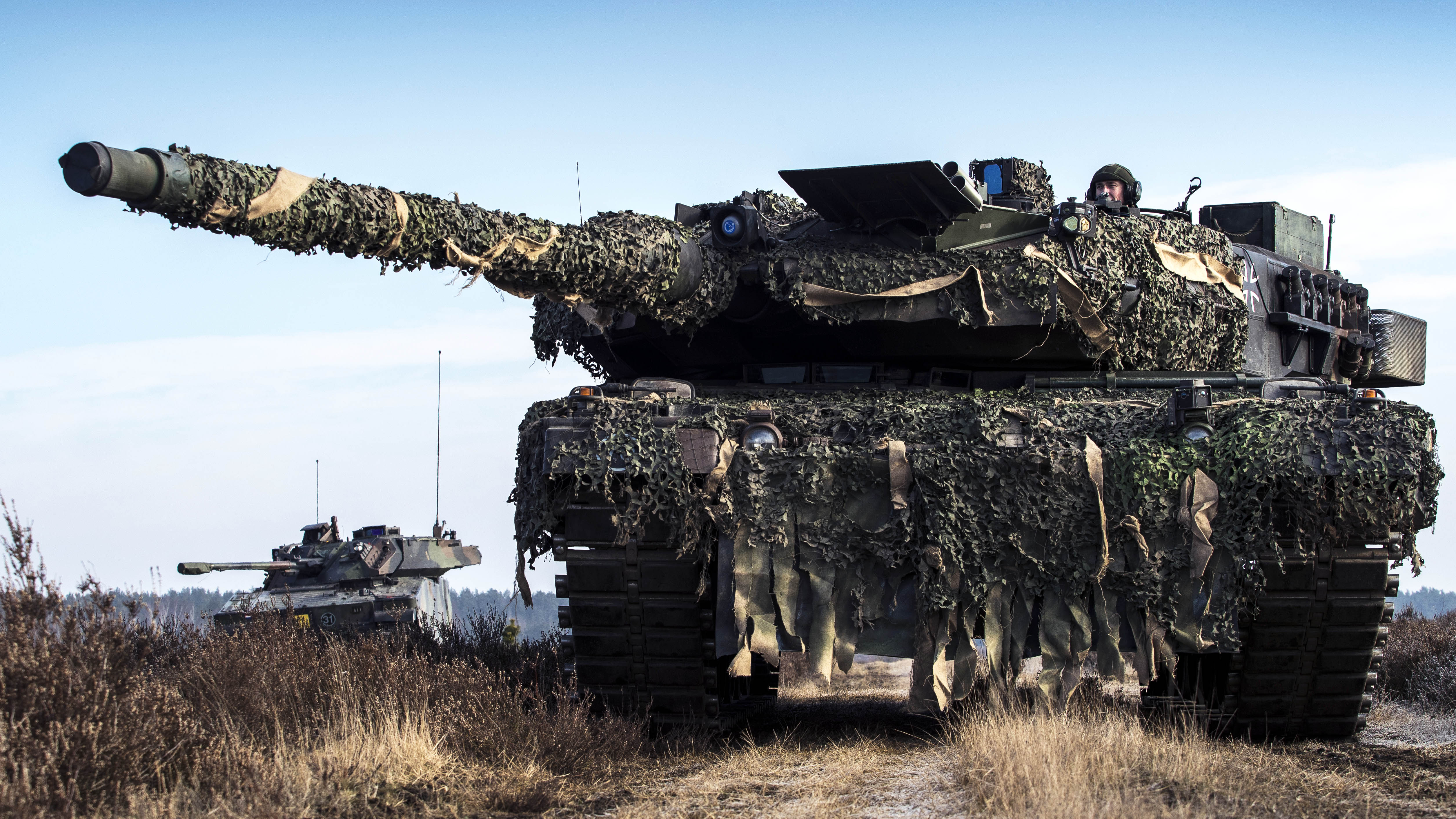
“Russia’s unbridled aggression in Ukraine shows that an attack on the NATO alliance is no longer inconceivable,” the White Paper states, quoting Minister of Defense Ruben Brekelmans. “Such an attack would have a major impact on the security and prosperity of the Netherlands. Together with our allies, we must therefore make every effort to prevent such an attack.”
An important part of the strengthened Dutch Armed Forces will be the future tank battalion, expected to be equipped with German-made Leopard 2s and reported to come with an annual cost of up to around $350 million, according to the NRC Handelsblad newspaper. This battalion will help meet what the White Paper describes as a need for “heavier combat capabilities for land operations.”
As well as new equipment, the Dutch Ministry of Defense aims to address personnel requirements, creating what it terms a “scalable military; one that can grow or shrink in terms of personnel depending on the threat it faces.” This will be partly achieved by recruiting more reservists who will be deployed as full-fledged military personnel in permanent and scalable units. A return to the Cold War-era conscription model has been ruled out, for the time being.
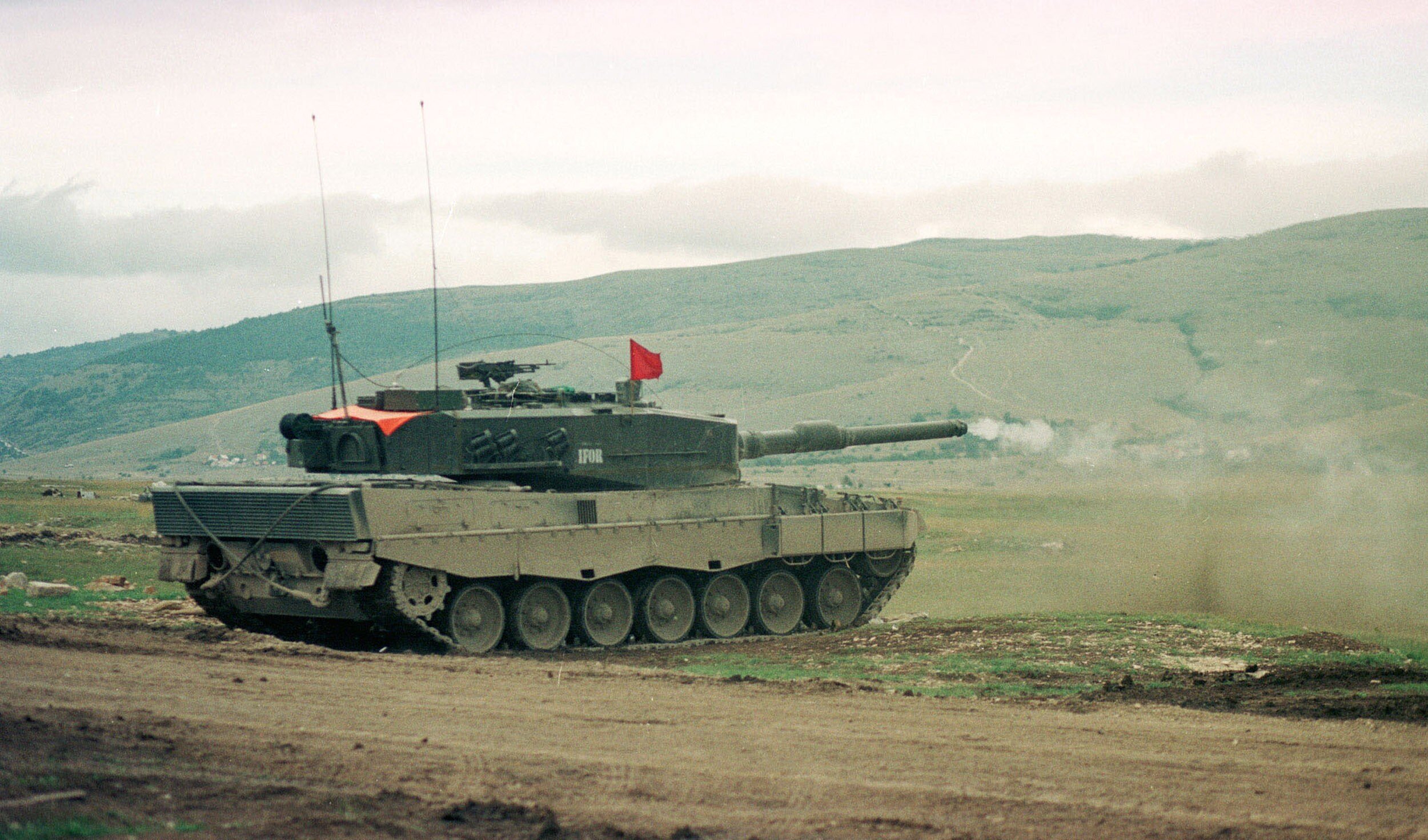
At the height of the Cold War, the Royal Netherlands Army, or Koninklijke Landmacht operated almost 1,000 tanks. Its most modern tank was the Leopard 2, of which 445 were acquired in the 1980s, with the Netherlands being the first export customer, before progressively upgrading them.
Budget-driven defense cuts combined with the idea that armored forces of this kind were no longer needed, saw the demise of the last two Dutch tank battalions, and a final shot was fired by a Dutch Leopard 2A6 in May 2011. By this time, the frontline Dutch Leopard 2 force had been reduced to around 60 examples. Over the years, surplus Leopard 2s were transferred to Austria, Canada, Finland, Norway, and Portugal.
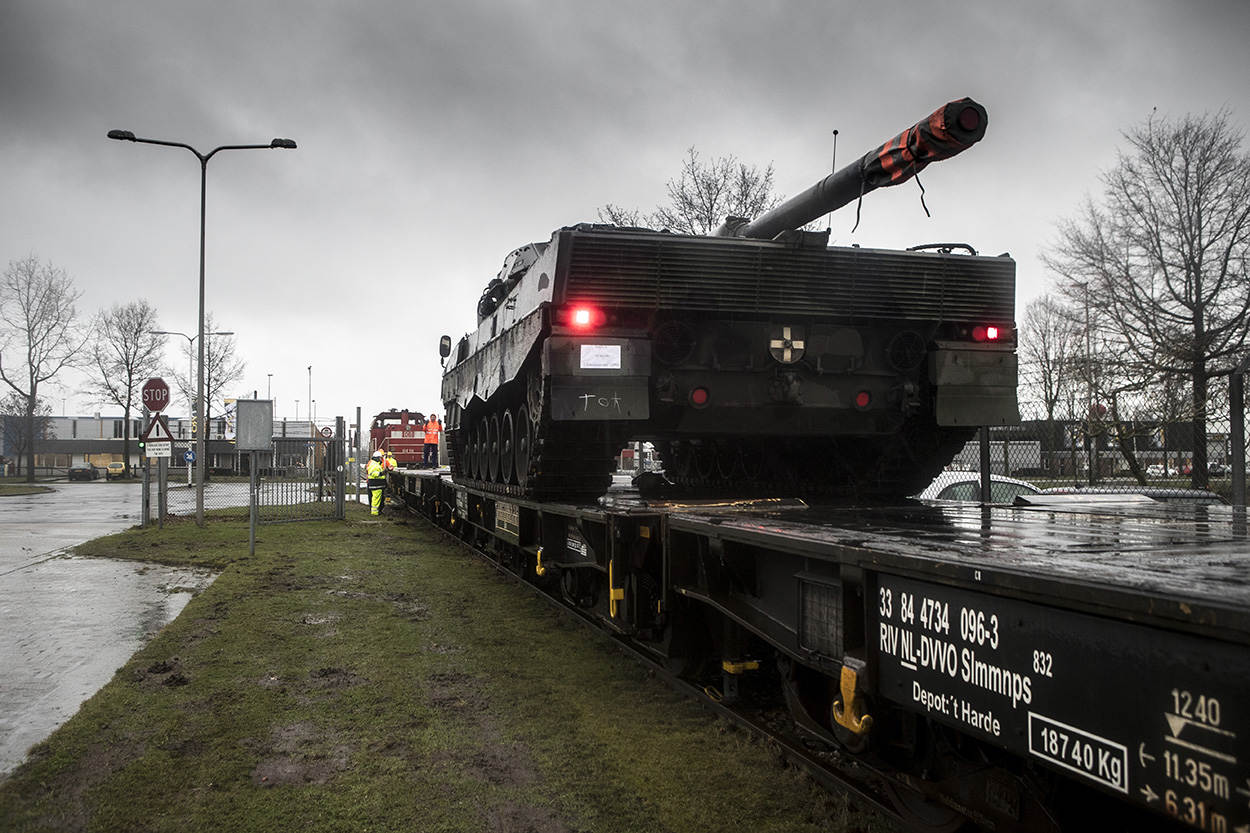
The Netherlands was not the only country to reconsider the importance of tanks in the post-Cold War era.
While the Royal Netherlands Army kept its infantry fighting vehicles and self-propelled artillery, it was the only NATO member to do away with its tanks entirely. Primarily driven by cost, the decision was also based on a perception that the days of breaching attacks against enemy strongholds and fortifications, as well as high-speed flanking operations requiring the unique mobility, firepower, and protection offered by tanks were over.
The remaining 20 or so Leopard 2s went into storage but it wasn’t long before the Dutch began to have second thoughts about withdrawing the tanks in the first place, chiefly after the Russian annexation of Crimea in 2014.
In 2015, it was announced that a small tank force should be reinstated, but with budgets still tight, this had to be run as a joint German-Dutch initiative.
Eighteen Dutch Leopard 2A6s were taken out of storage and transferred to Germany, where they were upgraded to what was then the latest 2A7 standard, leased back from Berlin, and then integrated within the German Army’s Panzerbataillon 414. With the addition of around 100 Dutch soldiers, this became a German-Dutch unit, helping meet the Netherlands’ requirement for a return to tank operations, albeit on a fairly token level, while at the same time expanding the German military’s armored footprint.
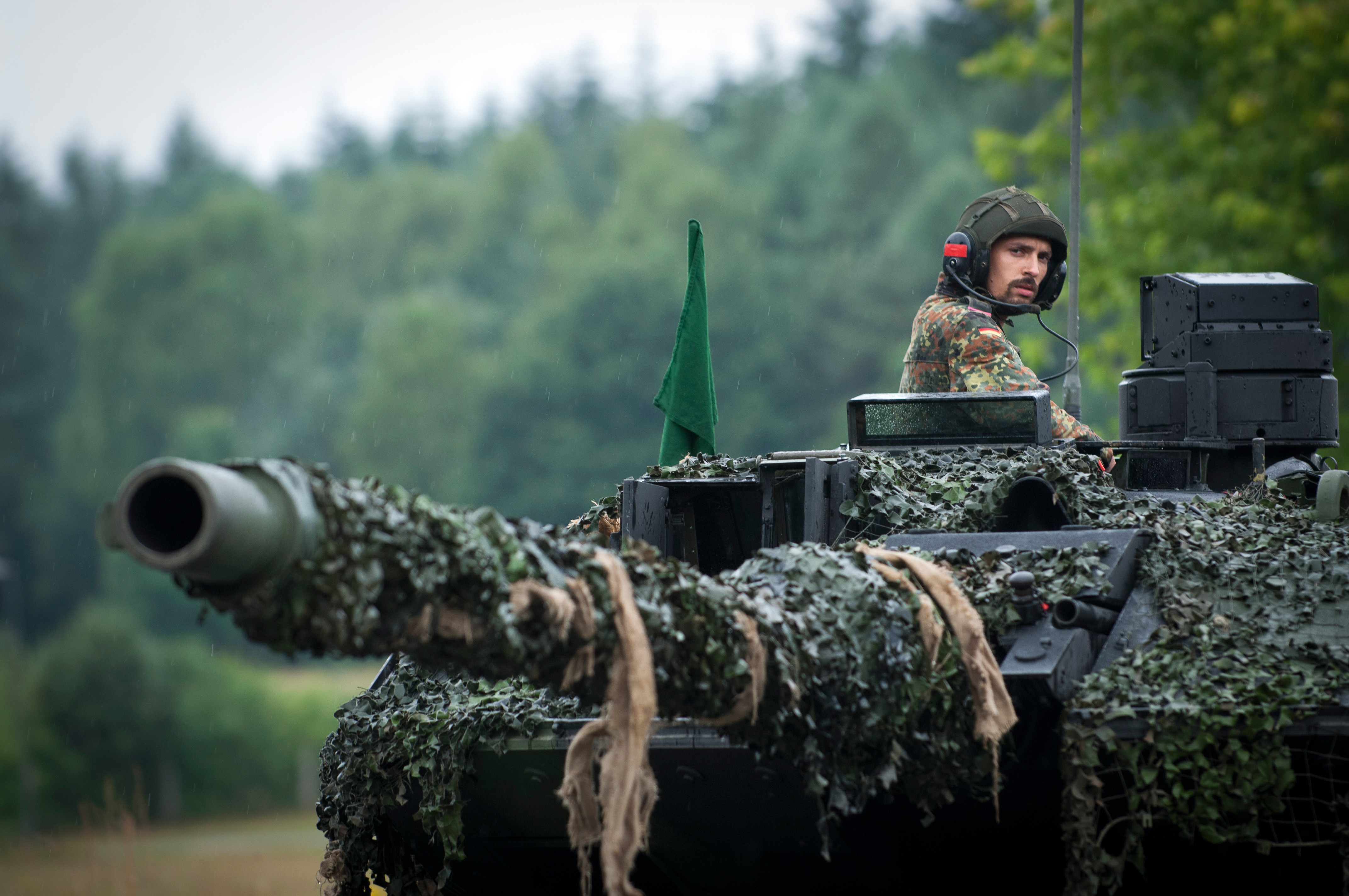
At an operational level, the binational tank battalion is under German command and is based at a German barracks but would be expected to support Dutch troops in a large-scale NATO offensive.
Now, however, the Dutch Armed Forces can look forward to getting tanks of their own, although the total number, type, and timeline are not entirely clear at this stage. However, a standard NATO tank battalion consists of at least 44 tanks, plus eight more for training and as a logistical reserve.
According to the NRC Handelsblad, a decision in favor of the Leopard 2 has already been made. These would very likely be the 2A8 standard, the latest production model from manufacturer Krauss-Maffei Wegmann (KMW). The Netherlands has already been linked with a joint NATO procurement effort for the Leopard 2A8, which has also been selected by the Czech Republic, Germany, and Norway. While the Leopard 2A8 shares its engine and transmission with the Leopard 2A7V, as well as its 120mm main gun, it features new defensive features including the latest version of the Israeli-made Rafael Trophy active standoff protection system.
“The time when the Armed Forces were at the bottom of the political priority list is definitely over,” the Dutch newspaper de Volkskrant declared today, in response to the White Paper.
The Dutch government’s commitment to an expanded defense budget may also assuage criticism from elsewhere in NATO, including the United States, that the European country has failed to meet the alliance’s targets for military spending.
According to de Volkskrant, a NATO review earlier this summer identified “significant qualitative and quantitative shortcomings” in the Dutch Armed Forces, and that, after “decades of underspending, additional investments are needed. For all solutions, it is necessary that the Netherlands increases both financial and human resources.”
Other major recent developments that are bolstering or set to enhance the Dutch defense posture include the announcement earlier this year that Royal Netherlands Air Force F-35As are now fully responsible for the nuclear strike role. The country became the first nation to declare its Joint Strike Fighters operational in this mission after the aircraft was fully certified to carry the U.S.-supplied B61-12 thermonuclear bomb earlier this year.
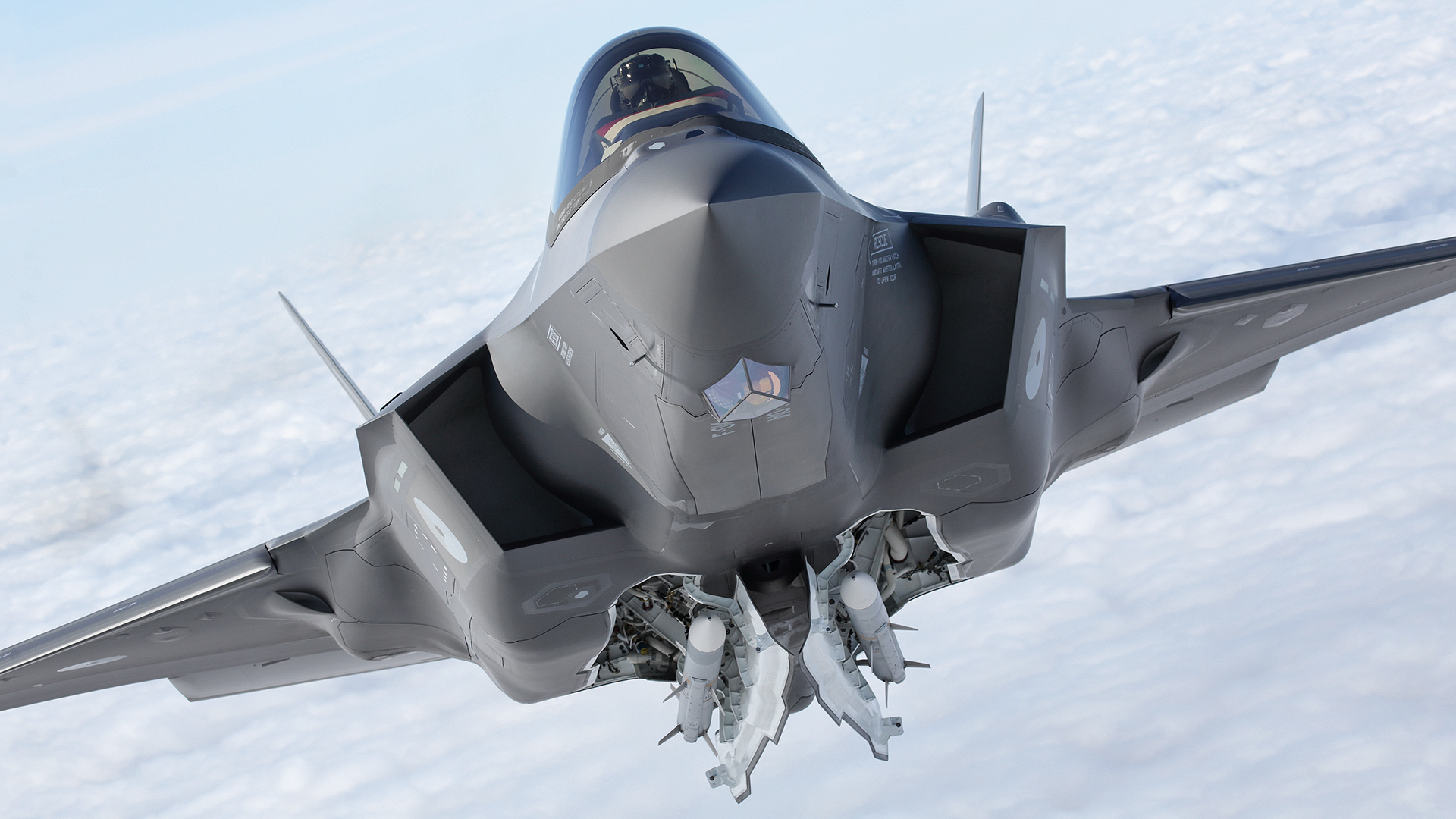
For the future, the Netherlands is further expanding its conventional long-range strike capabilities. As we have discussed in the recent past, the Dutch are planning to acquire conventionally armed Tomahawk cruise missiles for their next class of submarines, as well as the AGM-158B Joint Air-to-Surface Standoff Missile-Extended Range, or JASSM-ER, for its F-35s, and the Israeli-made PULS (Precise and Universal Launch System) multiple rocket launcher for the Royal Dutch Army.
The new submarines are also a significant investment, after many years in which Dutch underwater warfare capabilities were neglected. As you can read about here, the Netherlands will buy four new conventionally powered submarines from France, to replace its Cold War-era Walrus class and to contribute to its new-look defense posture, including long-range strike.
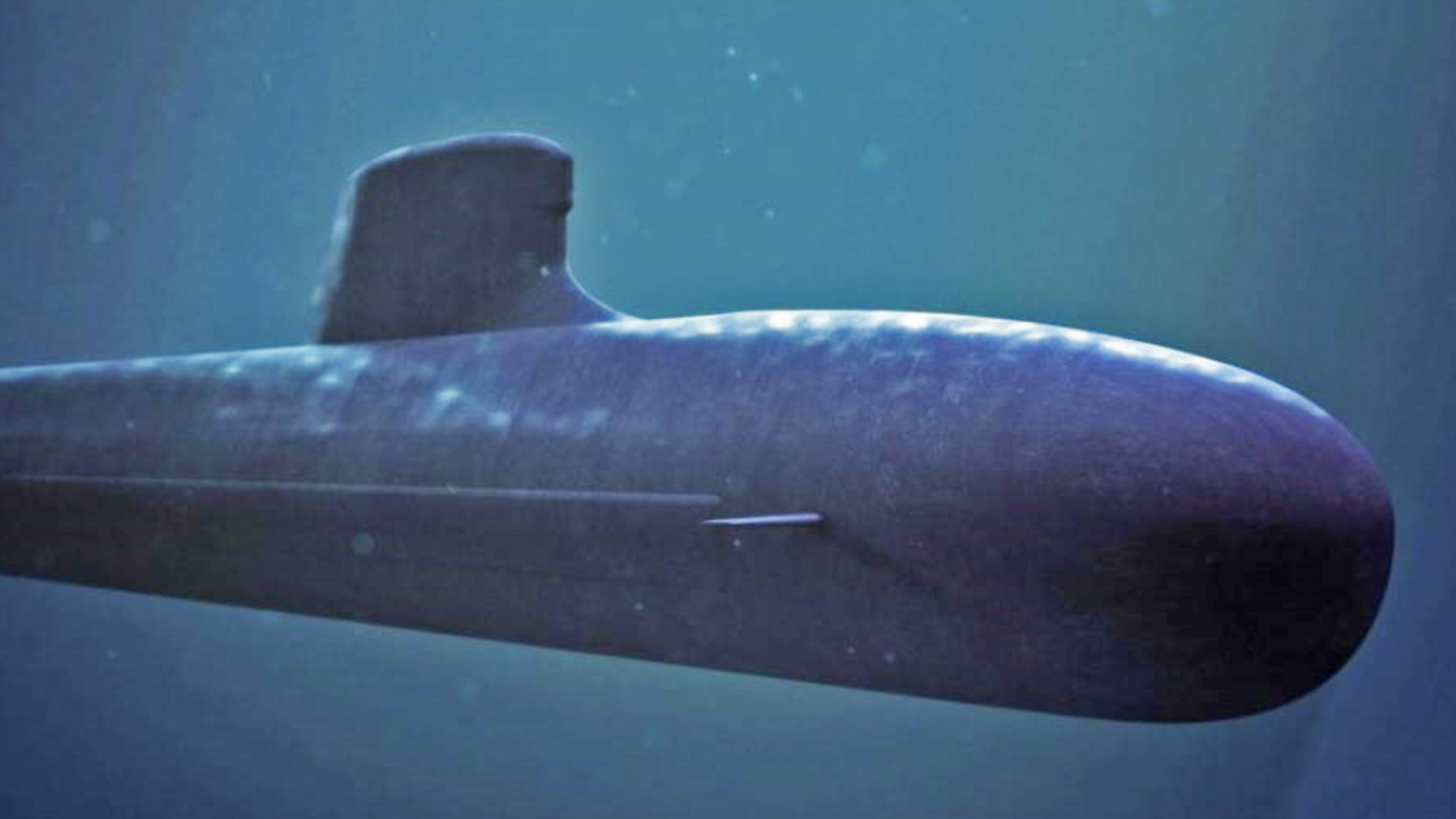
Dutch Ministry of Defense
The new White Paper ensures that Dutch defense spending amounts to at least two percent of the gross domestic product (GDP), as NATO stipulates. Its forthcoming return to tank operations also makes the Royal Dutch Army better configured for large-scale land warfare in Europe, as well as contributing to a deterrence posture that is increasingly directed at Russia, as that country’s war in Ukraine continues to reshape defense policy elsewhere in Europe.
Contact the author: thomas@thewarzone.com
